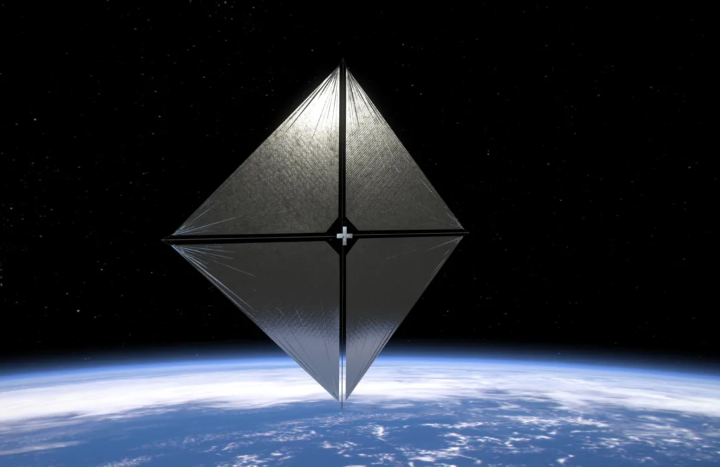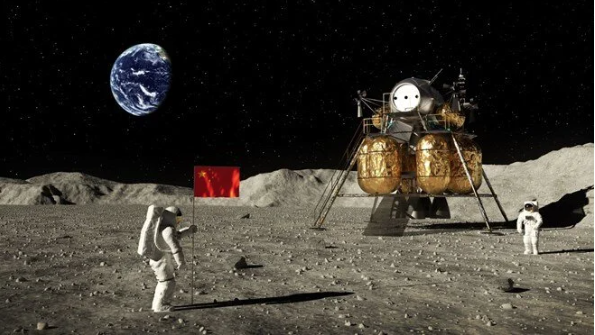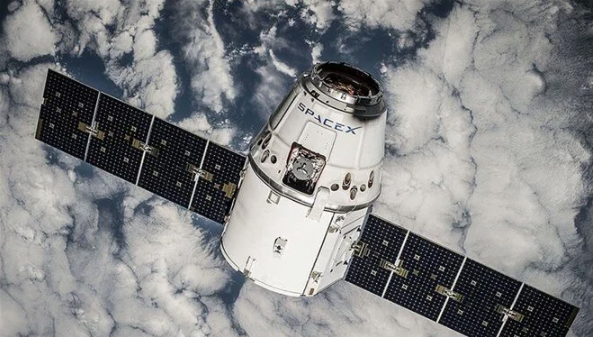The James Webb Space Telescope, which the scientific community has been eagerly awaiting for years, finally started its work earlier this year. In fact, NASA recently shared some of the first images recorded by Webb with the world. The photos are beautiful enough to fascinate even those who have no interest in space, but it doesn’t end there. Here’s what those five images tell us…
The space photos NASA shared on July 12 took the world’s breath away, so to speak. The five frames, selected among the first photos taken by the James Webb Space Telescope, allowed us to see the universe as we had never seen it before. It also showed how important a role the telescope can play for humanity in exploring the depths of space.
So what did we learn from these photos? Here are five important facts from five photographs…
1) THE TELESCOPE WORKS REALLY WELL
Blurry images from the Hubble Space Telescope, NASA’s predecessor to James Webb, suggested that advanced scientific instruments may not always work as well as intended. Astronauts repeatedly visited Hubble and made various repairs. However, James Webb is much farther away from our planet than Hubble, so repair would not have been an option in the event of a similar problem.
There was great excitement and anxiety before and after the launch. Once the telescope was in place, its mirrors and solar shields caused similar excitement. Eventually, scientists got to the point of testing whether the telescope was working properly. And James Webb passed with flying colors!
At a press conference on July 12, Dr. Jane Rigby, the scientist in charge of the operations project, described the moment she saw the first crystal clear images taken by the telescope:
“I was so moved, I said, ‘Oh my God, it’s working,’ and it’s working even better than we thought it would.”

Southern Ring Nebula, infrared and semi-infrared images
Rigby’s sentiments were echoed in a paper written by hundreds of scientists and published online on Tuesday: “The telescope and instrument suite have demonstrated the sensitivity, stability, visual quality and spectral range necessary to transform our observation-based knowledge of the entire universe, from near-Earth asteroids to the most distant galaxies.”
Scientific research has already begun. To usher in the Webb era, 13 projects have been selected under the Early Release Science Programs. These are in categories as diverse as the Solar System, galaxies and intergalactic space, giant black holes and the galaxies they inhabit, and stellar evolution.
“Starting today, the results of the scientific studies will follow one after another,” Rigby said.
2) WE’LL GO FURTHER BACK IN THE UNIVERSE’S PAST THAN WE’VE EVER GONE BEFORE
The first Webb telescope image shared by US President Joe Biden on July 11 has been described by NASA officials and astronomers as one of the deepest images of the universe ever recorded. This depth is likely to increase in the coming period as new images emerge from NASA’s computers.
Thanks to the image of a distant star cluster called SMACS 0723, we now know that there are many other distant galaxies in the sky. The light coming from these galaxies and entering the image thanks to the gravitational field of the star cluster is more than 13 billion years old.

Astronomers theorize that the most distant earliest stars may have been different from the stars we see today. The first stars were made of pure hydrogen and helium left over from the Big Bang and could grow many times larger than the Sun. These stars soon collapsed and became the giant black holes at the center of many galaxies today.
3) WE MAY BE ABLE TO UNDERSTAND WHAT’S IN THE ATMOSPHERES OF DISTANT PLANETS
One of the images shared with the world on Tuesday was the spectrum of WASP-96b, a Jupiter-sized exoplanet. Passing in front of its star 1120 light-years away, the image of WASP-96b didn’t exactly thrill us, but it left astronomers at the Space Telescope Science Institute in Baltimore, where the Webb telescope is based, gasping and applauding.

Stephan Kenteti
The relatively small size of these exoplanets has made them difficult to study until now. Thanks to the Webb telescope, astronomers will be able to take a closer look at these worlds.
Scientists have already identified some targets. One of them is Trappist-1, a star with many planets in the habitable zone. “All we have to do is wait for time to tell the story,” said Knicole Colon, the project’s associate expert for exoplanet science.
4) WE WILL DISCOVER THE UNEXPECTED
The Webb presentation included breathtaking images of the Southern Ring Nebula, a sphere of gas and dust ejected by a dying star, and the Stephan Kentet, a collection of galaxies millions of light-years away. But the most striking image was of the Carina Nebula.

Carina Nebula
The Carina Nebula is a vast dust cloud that is both the birthplace of many stars and home to some of the most luminous and explosive stars in the Milky Way. The nebula, seen in infrared, resembles a steep slope rising from the shore of the sea. Above it shine hundreds of stars that astronomers have never seen before.
“It took me a while to decide what to highlight in this image,” said Dr. Amber Straughn, one of the experts working on the telescope project.
The photo also shows strange, twisting structures that scientists are at a loss to explain.
 Amber Straughn
Amber Straughn
Astronomer Dr. Amaya Moro-Martin, who presented the photo at the Space Telescope Science Institute, said: “As always, it is possible to encounter the unexpected. We have no idea what this is.”
Webb will be instrumental in discoveries like this in the coming period. Many things that we have never seen before and need to be explained are waiting for us in space.
5) THE TELESCOPE IS STILL VERY DELICATE AND FRAGILE
It was inevitable that a spacecraft like the James Webb Space Telescope would be hit by pieces of cosmic dust. Still, it came as an unpleasant surprise to NASA officials in late May to discover that a micrometeor had damaged one of the telescope’s mirrors more than expected.
The damage was almost imperceptible in the images and Webb’s performance still exceeded expectations, NASA officials said. Moreover, engineers tried to counteract the damage by repositioning the mirror.
Telescope’s mirrors are very sensitive to space dust
Four smaller micrometeoroids had already hit the telescope before the incident became public.
“It’s micrometeorites that concern us the most,” said Dr. Thomas Zurbuchen, NASA’s administrator for science missions.
Zurbuchen added that NASA is evaluating different flight options so that the dust can hit the back of the telescope instead of the mirrors in the front.





